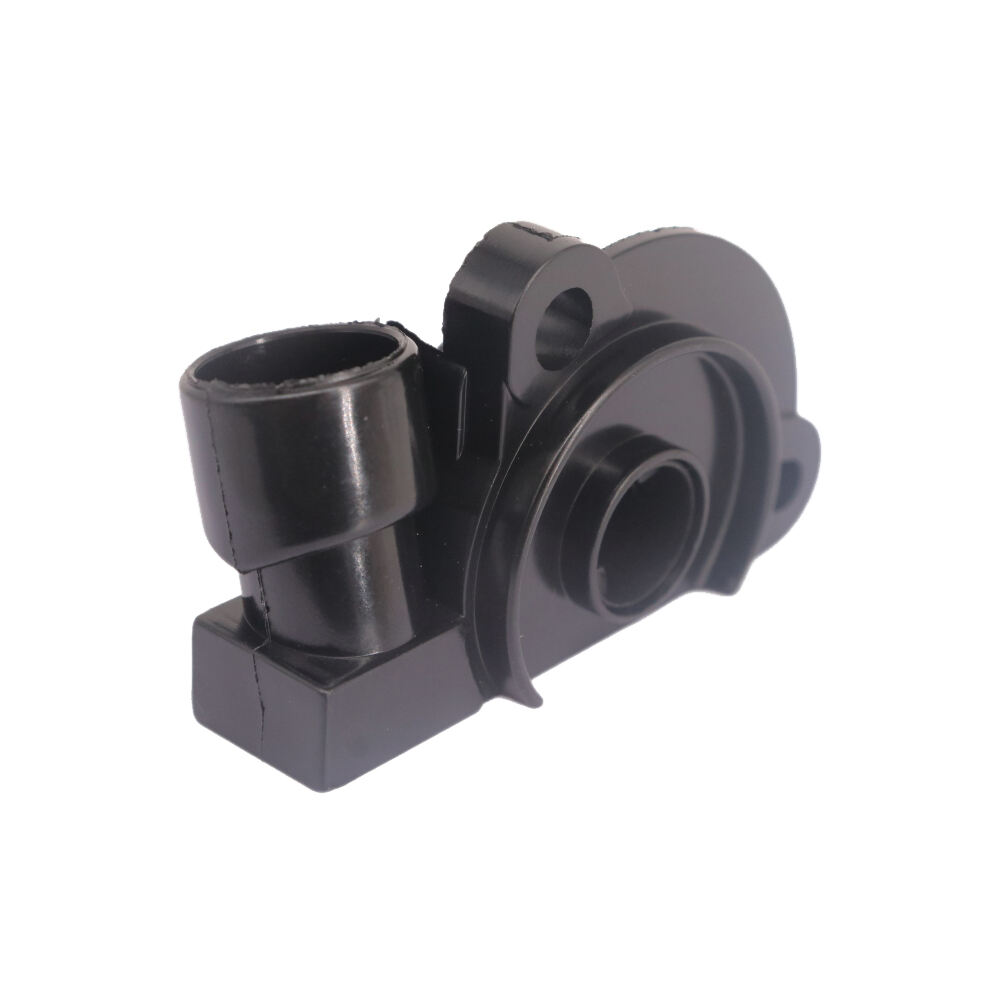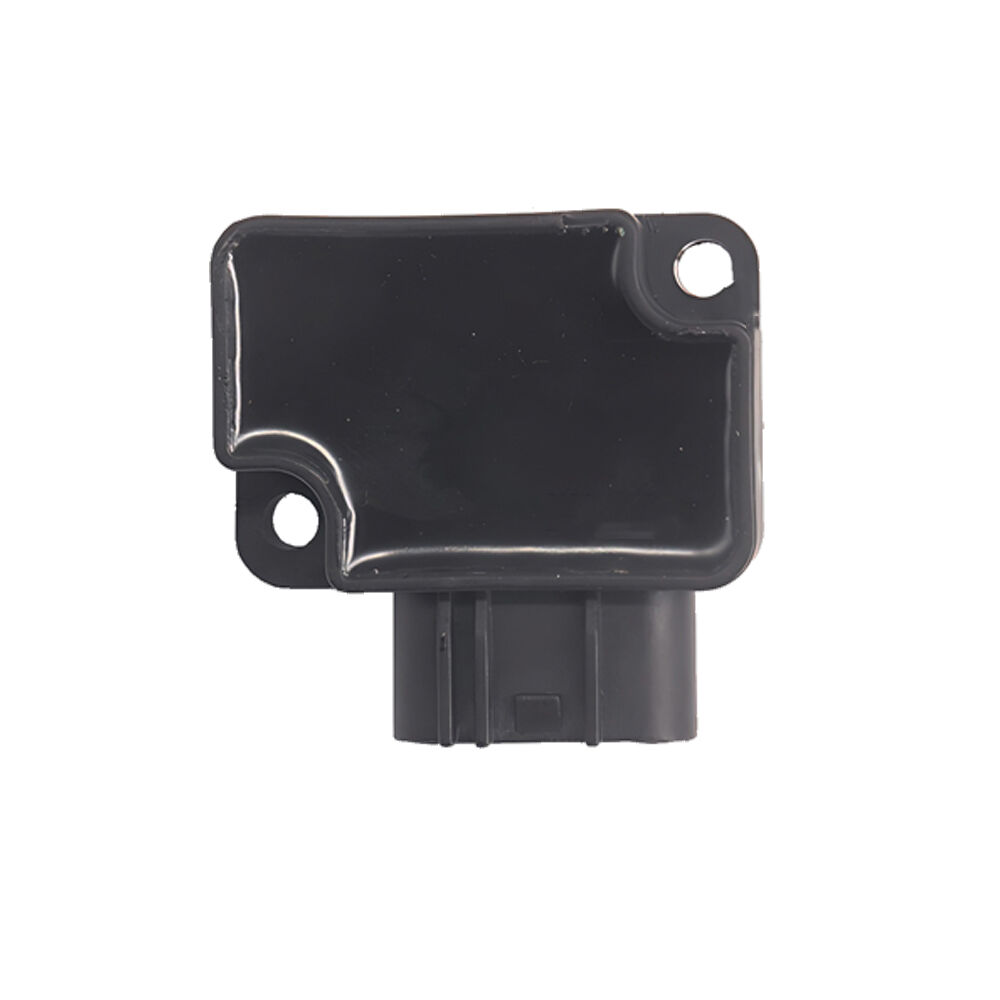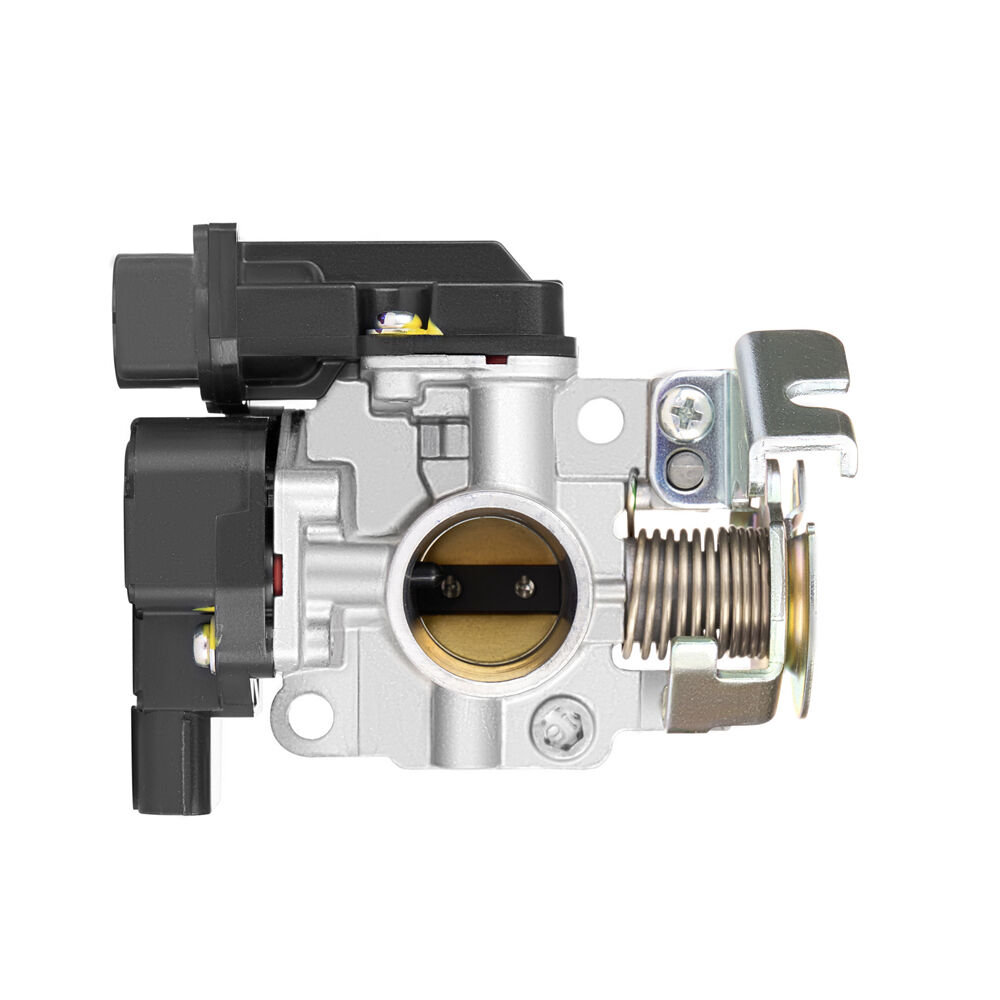مستشعر خريطة تالف
يُعدّ حساس الضغط المطلق للمجمع (MAP) المعطل مكونًا أساسيًا في أنظمة إدارة محركات المركبات الحديثة، ويتطلب عناية فورية عند حدوث أي عطل. يلعب هذا الحساس دورًا حيويًا في قياس الضغط داخل مجمع سحب المحرك، موفرًا بيانات أساسية لوحدة التحكم في المحرك (ECU) لضمان توصيل الوقود وتوقيته الأمثل. عند تعطل حساس MAP، يُعطّل خليط الهواء والوقود الدقيق اللازم لتشغيل المحرك بكفاءة. يستخدم الحساس تقنية استشعار ضغط متقدمة لتحويل قراءات الضغط الجوي إلى إشارات كهربائية يمكن لوحدة التحكم الإلكترونية ترجمتها. في التشغيل العادي، يراقب الحساس تغيرات الضغط باستمرار أثناء تشغيل المحرك، مما يسمح بإجراء تعديلات فورية على أدائه. ومع ذلك، عند تلفه، قد يؤدي إلى مشاكل مختلفة في الأداء، بما في ذلك ضعف استهلاك الوقود، وخشونة التباطؤ، وانخفاض قوة المحرك. غالبًا ما تتجلى الخصائص التكنولوجية لحساس MAP المعطل من خلال أعراض محددة، مثل سلوك المحرك غير المنتظم، وزيادة الانبعاثات، وعدم اتساق استجابة التسارع. يُعدّ فهم هذه المؤشرات أمرًا بالغ الأهمية لصيانة السيارة بشكل صحيح وضمان الأداء الأمثل للمحرك. تتجاوز تطبيقات تحديد ومعالجة مستشعر MAP التالف التشخيص البسيط، حيث يؤثر على صحة السيارة بشكل عام وكفاءة الوقود وأنظمة التحكم في الانبعاثات.


